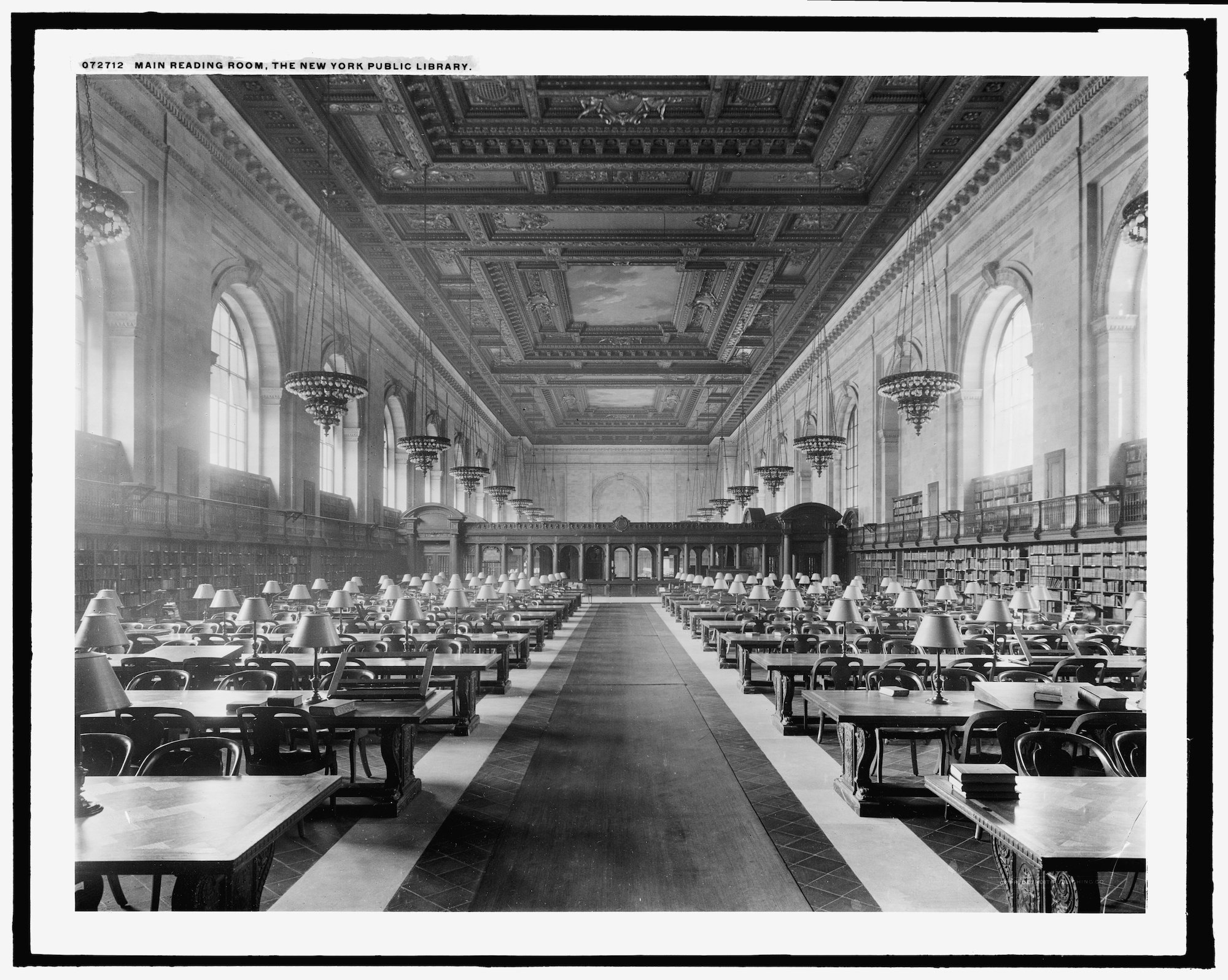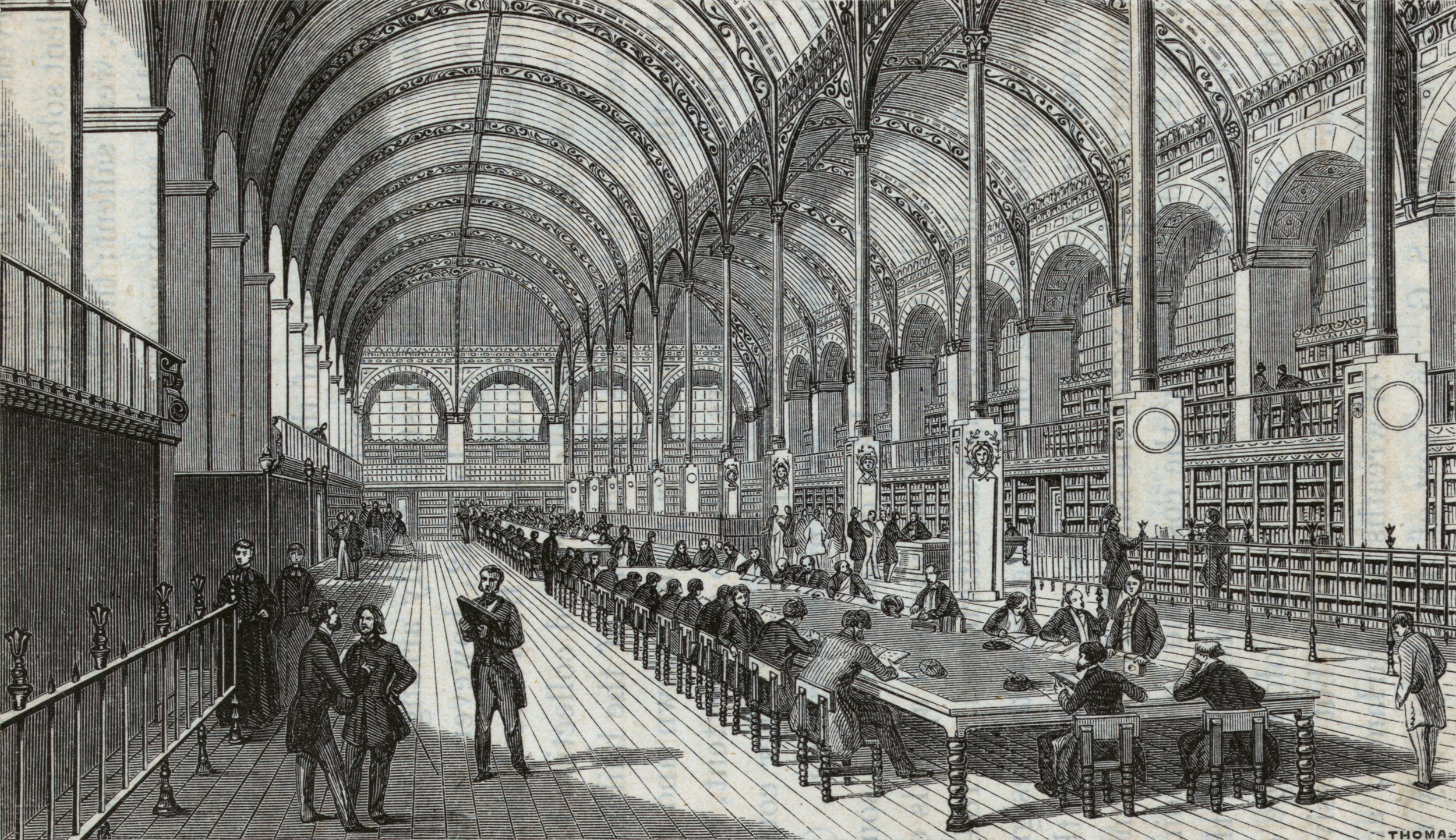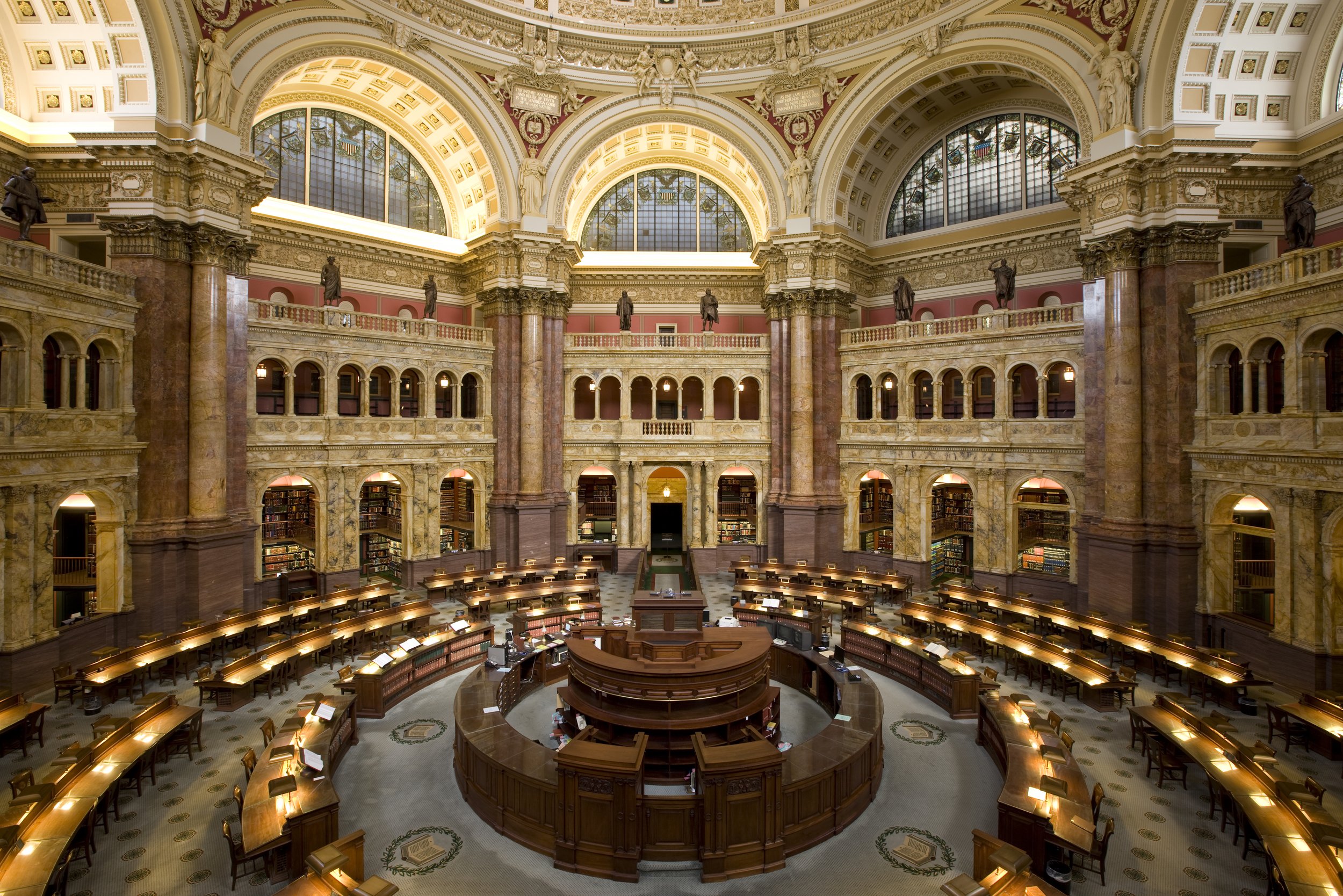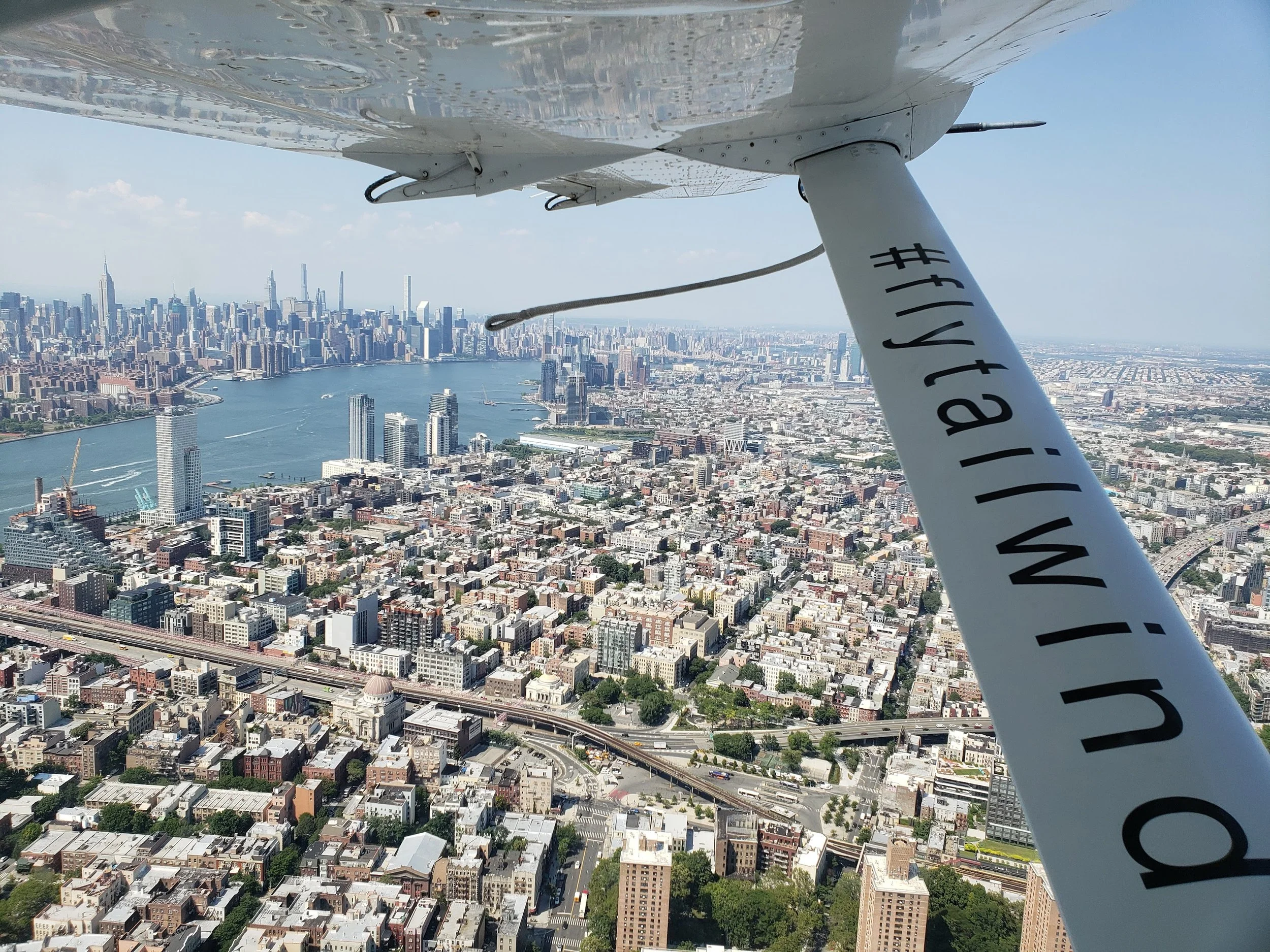THE NEW CRITERION, February 1, 2023
On the City Ballet’s premiere of Copland Dance Episodes, choreographed by Justin Peck.
The music of Aaron Copland might as well be the soundtrack of the American century. From Billy the Kid (1938) to Appalachian Spring (1944), Rodeo to Fanfare for the Common Man (both 1942), the compositions are energetic, expansive, hopeful. You envision birds at daybreak, sunlight on the prairie, cowboys dancing with the farmers’ daughters and farmers dancing with the ranchers’ gals. The spiritedness of the works lends itself to the ballet stage. So it’s no surprise that some of Copland’s most recognizable pieces were originally commissioned for choreography: Billy the Kid for Eugene Loring via Lincoln Kirstein, Rodeo for Agnes de Mille, and Appalachian Spring for Martha Graham. In 1959 Copland even returned to ballet with the commission of his Dance Panels for Jerome Robbins and the New York City Ballet.
Copland’s repertoire has become so iconic that it might now seem overly tied to time and place, like some grand old Hollywood Western forever in black and white. Justin Peck, the resident choreographer of the New York City Ballet, has taken on the challenge of introducing new color to these works. In 2015 he choreographed his Rodeo: Four Dance Episodes, inspired by a staging of de Mille’s original ballet at American Ballet Theatre.
This season he returns with Copland Dance Episodes, an ambitious work that premiered at City Ballet on January 26. Staged in twenty-two “episodes,” the seventy-five-minute piece presented without intermission is not only Peck’s first “full evening” work for the company but also NYCB’s first full-fledged plotless ballet since George Balanchine premiered Jewels way back in 1967.
Balanchine, Copland, Graham, de Mille, Robbins—the ancestors weigh heavy on such an undertaking. Peck responds by stripping away the heft of narrative ballet for discursive abstraction, through a tumbling of episodes with sonic and choreographic connections that are at most evanescent and fleeting. A thigh slap here, a head bob there, that’s all we get as the work floats free of the classical narrative of the American story.
With lighting, scenery, and costumes all tuned up to high color, Copland Dance Episodes is at its best in exploring the chromatic vision that weaves together the composer’s uplifting piecework. In the program, the set designer Jeffrey Gibson states that his art “fuses his Choctaw-Cherokee heritage and experience of living in Europe, Asia, and the USA with references that span club culture, queer theory, fashion, politics, literature, and art history.” This boilerplate reads like an application to the John Simon Guggenheim Foundation. Nevertheless Gibson’s colorful painted drop curtain introduces the ballet in Sixties hard-edge abstraction crossed with television test patterns. Ellen Warren picks up on these complementary saturations for her two-toned leotards while Brandon Stirling Baker employs high-index illumination with mostly subtle, and at one time jarring, lighting transitions.
Russell Janzen and Miriam Miller in Justin Peck’s Copland Dance Episodes. Photo: Erin Baiano.
Peck tends to be at his best in ensemble work, as multiple movements on stage coalesce and dissolve. As we hear those epic opening chords of Fanfare, Dance Episodes opens with the full company covered in tulle. A slogan, “The only way out is through,” is written on the drop and also serves as a title for this opening episode. At first the dancers appear frozen like mannequins under plastic wrap, there to be dusted off and reanimated. Then they walk off, leaving only one—the “common man,” no longer elevated, but merely lost in the crowd.
We get some hints at narrative through several such vignettes: racers at the starting line, ticket takers at the turnstyle, a flower in bloom. Fingers left pointing up at the end of one scene are touched ET-style in the next (in an episode called, yes, “Phone Home.”) With titles such as “Etch-a-sketch” and “Kismet,” the episodes are tumbleweeds and rodeos as seen in a Sunday morning cartoon, the past visualized in the light of the screen pixel.
Peck, now aged thirty-five, conveys all the autistic affectation of his millennial generation. It’s a case of too much FaceTime, not enough facetime. I have written about the shortcomings of his partnerings in the past, with his dancers moving around one another without the necessary emotional engagement. Of course the pandemic has only made things worse, as City Ballet still rehearses masks up, practicing social distancing in an art that should be about profound connection.
And yet here some of Peck’s pairings proved to be the highlights of the performance. In the episode “Two Birds,” Copland’s birdsong was given new life in the quick flutterings of Miriam Miller and Russell Janzen on the afternoon I attended. The two returned in “The Split.” Likewise for the partnering of Alexa Maxwell and Jovani Furlan, who shined once the company’s overly busy stage commotion moved on.
It should be said that no ballet should have twenty-two episodes and expect us to keep track of them all, especially in a darkened auditorium, and especially with titles like “Alone Together” (Parts 1 through 3). Whatever happened to the simplicity of “Emeralds,” “Rubies,” and “Diamonds”? Anchor points such as “Simple Gifts,” danced by the company, give way to the unexpected abstractions of “Shadowboxer,” with the stage lighting suddenly switched to silhouette.
Do the twenty two episodes of this non-narrative work come off as too episodic? Yes they do. But Copland’s music mostly sustains the riffs—and stays with you long after. Ultimately this is the achievement of Copland Dance Episodes, a work that should now enter the standard NYCB repertoire. The piece reveals how music so rooted in the twentieth century can still send tingles and shocks into the ballet of the twenty-first.







